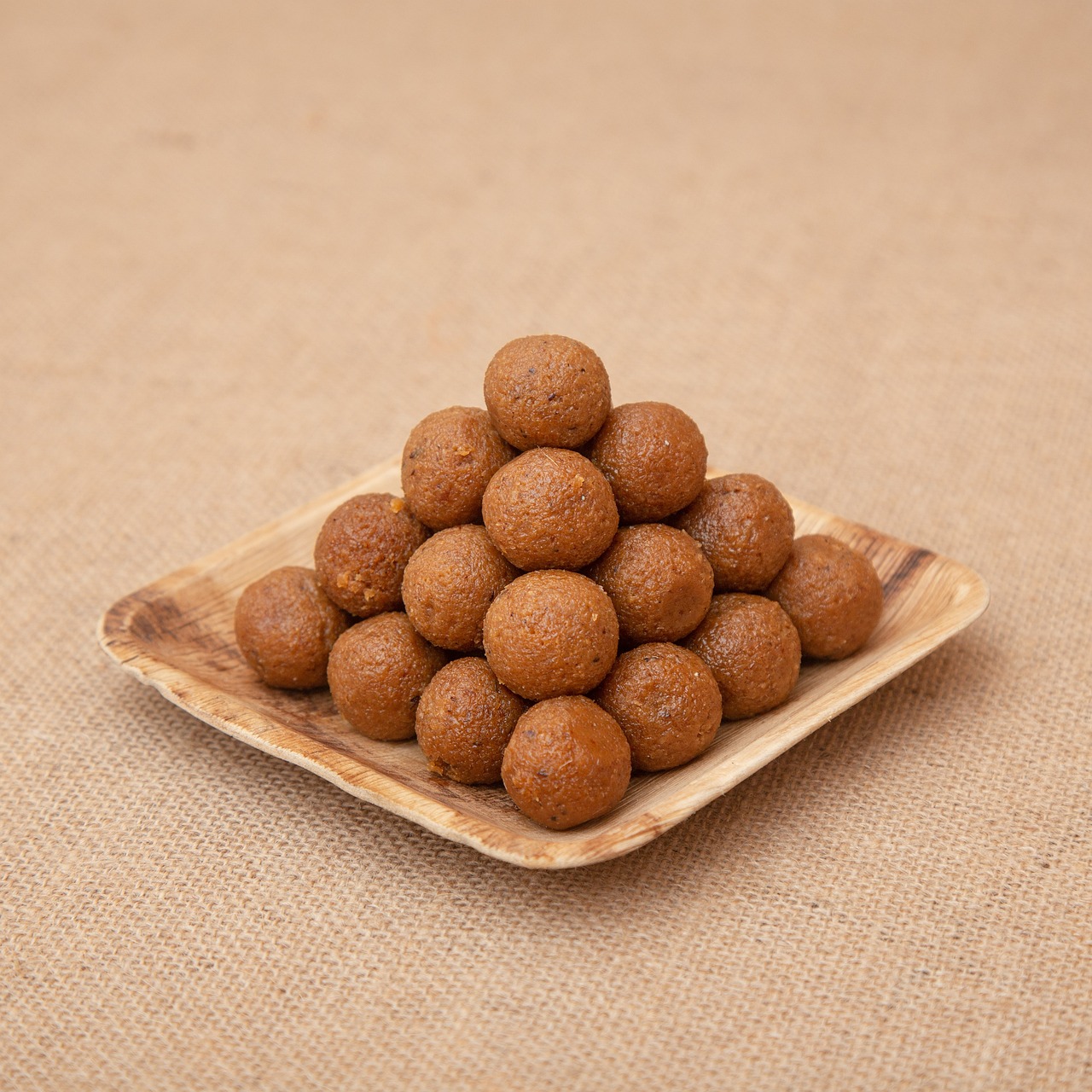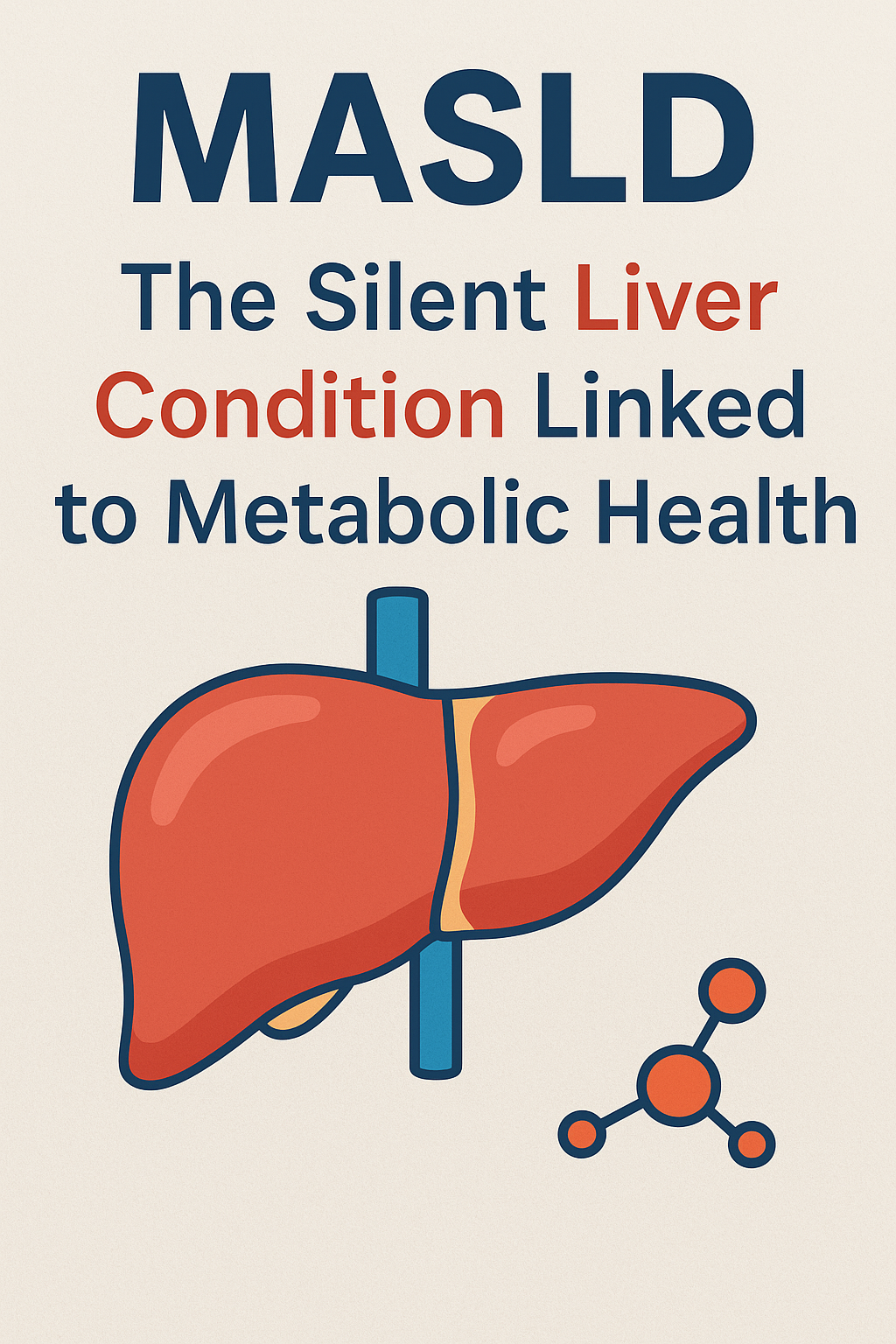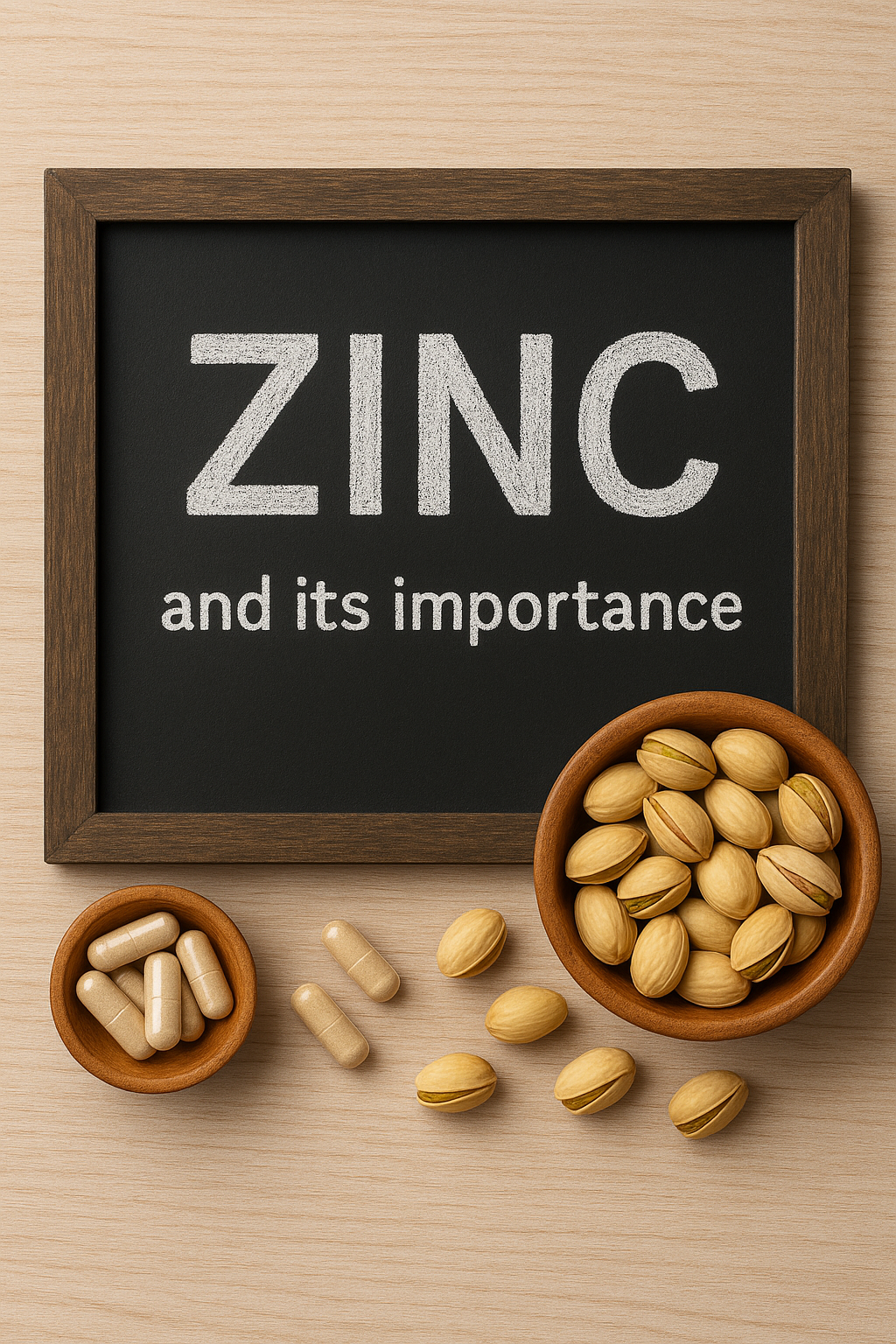FUPA (Fat Upper Pubic Area) is a common issue that many women face, particularly after pregnancy. While it is a natural occurrence for most women, body genetics play a significant role in determining where fat is stored in the body. For Indian women, several genetic and physiological factors may contribute to a higher incidence of FUPA compared to women from other racial backgrounds. Here’s a breakdown of the key points of comparison:
1. Fat Distribution Patterns
- Visceral Fat Distribution: Studies have shown that South Asian women (including Indian women) have a higher tendency to store visceral fat (fat around internal organs) compared to women of other ethnicities (Women of European descent typically store fat more evenly across their bodies & in women of East Asian descent, fat storage often occurs in the upper body, including the face and arms). According to a study published in the Journal of Clinical Endocrinology & Metabolism, South Asians tend to have more abdominal fat despite having a normal body mass index (BMI) compared to Caucasians or African Americans. Visceral fat is more likely to accumulate in the lower abdomen and pubic area, which can contribute to FUPA.
- Data: South Asian women have a 30-50% higher proportion of visceral fat than their Caucasian counterparts, even when controlling for BMI.
2. Hormonal Influences on Abdominal Fat
- Insulin Resistance: Research from the Indian Journal of Endocrinology and Metabolism indicates that Indian women have a higher prevalence of insulin resistance, which is linked to increased abdominal fat storage. Insulin resistance can lead to more fat being stored in the lower abdominal region, which includes the pubic area, contributing to the formation of FUPA.
- Data: In a study of 1,100 Indian women, 45% were found to have insulin resistance, which is a significant factor in the accumulation of lower abdominal fat.
3. Postpartum Weight Retention
- Postpartum Weight Retention in Indian Women: Research published in the Journal of Obstetrics and Gynaecology found that 70% of Indian women retained a significant amount of weight six months after childbirth, with many retaining fat in the abdominal and pubic regions. This weight retention is partly due to cultural practices that focus on rest and high-calorie foods in the postpartum period, which contribute to fat accumulation.
- Data: Indian women have up to 10-15% higher chances of retaining abdominal fat post-pregnancy compared to women from other racial backgrounds.
4. Genetics and Fat Distribution
- Genetic Predisposition to Abdominal Fat: A study published in the International Journal of Obesity found that genetic factors play a crucial role in determining where fat is stored. South Asian populations, including Indian women, have specific genetic markers that favor fat storage around the waist and lower abdomen.
- Data: South Asians are more likely to have a genetic predisposition to store fat in the abdominal region. This is in contrast to women of European descent, who are more likely to store fat in their hips and thighs.
5. Diet and Lifestyle Factors
- High-Carb Diets and Postpartum Fat: A study in the British Journal of Nutrition highlighted that Indian women tend to consume diets, which contribute to abdominal fat accumulation.
- Traditional Indian diets tend to be carbohydrate-heavy, with a high intake of refined grains like white rice, chapati, and sugary foods. High carb intake can increase fat storage in the abdomen, including the pubic area. Indian diets also include foods rich in ghee (clarified butter) and fried snacks, which are calorie-dense and contribute to increased fat accumulation in the lower abdominal region. The practice of postpartum confinement (resting and eating high-calorie foods) to promote recovery may inadvertently lead to excess fat accumulation, including in the lower belly and pubic area.
How to Tackle FUPA in Indian Women: Effective Solutions
Addressing the issue of FUPA (Fat Upper Pubic Area) in Indian women requires a holistic approach that focuses on diet, exercise, lifestyle changes, and managing hormonal imbalances. Here are several key strategies to effectively tackle FUPA and improve overall abdominal tone and strength:
1. Adopt a Balanced, Low-Glycemic Diet
Indian diets often consist of high-carbohydrate foods that can lead to increased abdominal fat storage. To tackle FUPA, it’s essential to adopt a low-glycemic index (GI) diet, which focuses on foods that do not cause rapid spikes in blood sugar levels.
- Eat more complex carbs: Opt for whole grains like brown rice, quinoa, barley, and millets instead of refined white rice or wheat.
- Include lean proteins: Add lean meats, paneer, lentils, tofu, and Greek yogurt to your meals. Protein helps build muscle and reduces fat storage.
- Healthy fats: Incorporate sources of healthy fats like avocado, nuts, seeds, and olive oil, which help with fat metabolism and satiety. Ghee is very beneficial but the amount should be limited.
2. Increase Physical Activity and Core Exercises
Regular physical activity is key to burning excess fat and strengthening the abdominal muscles. To reduce FUPA, focus on core-strengthening exercises as well as overall fat-burning activities.
- Core exercises: Include exercises like pelvic tilts, bridges, planks, and leg raises to strengthen the core muscles and target the lower belly and pubic area.
- Cardiovascular exercise: Incorporate moderate to intense cardio exercises such as walking, cycling, or swimming to burn fat effectively and boost metabolism.
- Yoga and Pilates: These practices help strengthen the core, improve flexibility, and reduce stress, which can help with hormonal balance and fat loss.
3. Focus on Postpartum Recovery and Strengthening
In India, traditional postpartum practices may emphasize rest, but it’s also important to incorporate gradual exercises to strengthen the abdominal muscles and promote fat loss.
- Postpartum core recovery: Gentle exercises like pelvic floor exercises (Kegels) and abdominal activation can help repair abdominal muscles that have been stretched during pregnancy.
4. Manage Insulin Resistance
Insulin resistance is a common issue among Indian women, which contributes to fat storage around the abdomen, including the pubic area. To manage insulin resistance and reduce FUPA:
- Low-carb, high-protein meals: A diet rich in protein and low in refined sugars can help stabilize insulin levels and reduce fat retention.
- Exercise: Regular physical activity improves insulin sensitivity, which can help prevent fat accumulation in the abdominal area.
- Fiber-rich foods: Include high-fiber foods like vegetables, fruits, and legumes to improve digestion, regulate blood sugar, and prevent belly fat.
5. Hormonal Balance through Lifestyle Changes
Hormonal fluctuations postpartum can contribute to fat storage in the pubic and abdominal areas. To support hormonal balance:
- Adequate sleep: Hormones like cortisol (the stress hormone) are directly linked to weight gain. Ensuring 7-8 hours of sleep per night can help regulate these hormones.
- Stress management: Practice mindfulness, meditation, or relaxation techniques to lower stress levels, as high stress leads to fat retention, particularly around the abdominal area.
- Breastfeeding: If possible, breastfeeding can help with postpartum weight loss and may reduce fat retention in the abdominal and pubic areas due to its effects on hormonal regulation.
6. Incorporate Herbal and Natural Remedies
Certain herbs and natural remedies, commonly used in Indian culture, can assist in weight management and fat loss.
- Fenugreek (Methi): Known for its ability to balance blood sugar levels, fenugreek can be added to the diet to aid in weight loss and reduce belly fat.
- Green tea: Rich in antioxidants, green tea helps boost metabolism and can aid in fat burning, especially in the abdominal area.
- Cumin: Commonly used in Indian cooking, cumin helps in digestion and metabolism, which may contribute to overall fat loss.
7. Stay Hydrated
Drinking plenty of water is crucial for digestion, metabolism, and reducing bloating, which can accentuate the appearance of FUPA.
- Hydrate regularly: Aim for at least 8-10 glasses of water a day, and consider adding lemon or mint for added detox benefits.
- Avoid sugary drinks: Replace sugary beverages with herbal teas or infused water to cut back on empty calories that contribute to fat storage.
8. Be Patient and Consistent
Reducing FUPA takes time and consistent effort. It’s important to be patient with your body as it recovers from childbirth and adjusts to new routines.
- Avoid crash diets: Opt for slow and steady fat loss rather than quick fixes, which may lead to muscle loss or regaining fat later on.
- Track progress: Set realistic goals and track your progress through measurements (not just the scale), including waist circumference and body fat percentage.
Tackling FUPA in Indian women requires a combination of dietary adjustments, targeted exercises, hormonal management, and lifestyle changes. By focusing on a balanced diet, increasing physical activity, managing insulin resistance, and incorporating mindfulness for stress reduction, women can effectively reduce fat in the lower abdomen and pubic area. While it takes time, consistency and patience will help in achieving long-term results.






